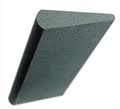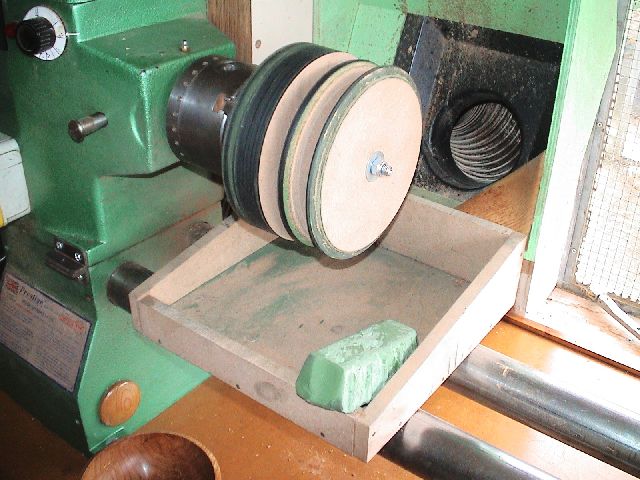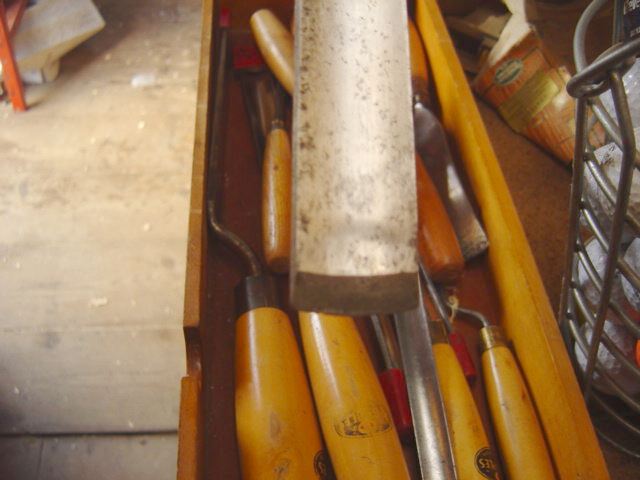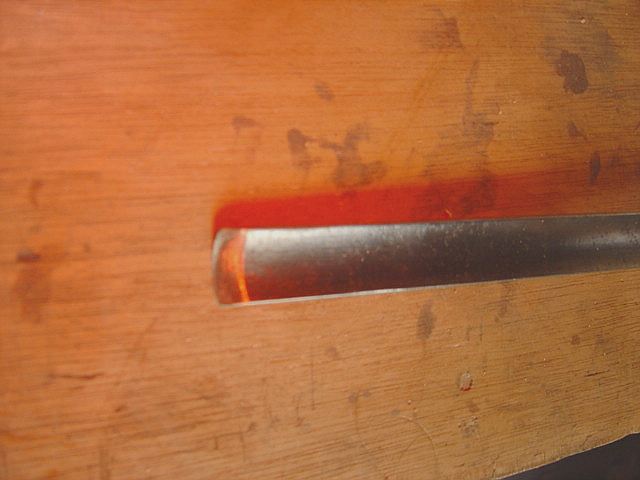disco_monkey79
Established Member
- Joined
- 5 Oct 2009
- Messages
- 681
- Reaction score
- 48
Apologies if this is well-trodden ground, but I wasn't able to find an answer with the search function.
Anywho, I have rounded gouge, where the bevel is on the inside of the curve(if that makes sense), so I'm not sure how to sharpen it? One website suggested using a grinding stone in a pillar drill, but this doesn't sound like the way it would have been done (but I'm prepared to be corrected!).
Your advice is much appreciated, as I need to use it to make part of the OH's christmas prez!
Thanks
Anywho, I have rounded gouge, where the bevel is on the inside of the curve(if that makes sense), so I'm not sure how to sharpen it? One website suggested using a grinding stone in a pillar drill, but this doesn't sound like the way it would have been done (but I'm prepared to be corrected!).
Your advice is much appreciated, as I need to use it to make part of the OH's christmas prez!
Thanks


































 << Like in this Link
<< Like in this Link







